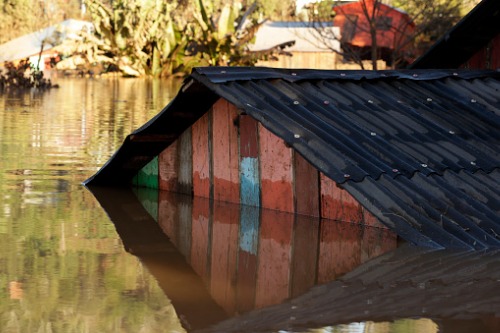

An initial assessment of the West Coast and Marlborough flooding damage has been conducted, and it is estimated that approximately 200 homes are going to be deemed uninhabitable in the West Coast’s Buller District.
West Coast-Tasman MP Damien O’Conner said that various rehousing options were being considered, and that many residents had been staying in temporary emergency accommodation, and with friends and family.
Minister Faafoi confirmed that the government would give $300,000 to the Buller District Council mayoral fund, and a further $100,000 to the Marlborough fund. He also assured residents that help was available, and said that the cost of their accommodation “would be covered.”
“Our thoughts are with those who have been affected by the severe weather and flooding event that caused significant damage to homes and properties in the Buller region and other parts of the country over the weekend,” MacGregor said.
“IAG is supporting customers who have lodged claims so far, and we continue to work alongside local authorities to coordinate the recovery effort on the ground.”
“The majority of claims to date are for contents insurance, and we expect the volume of claims to increase considerably over the coming days as flood waters recede and more people can return to their homes to assess the damage.”
A New Zealand Defence Force spokesperson said they are now looking at “many, many months of work” to recover from the “large-scale event,” and the Insurance Council said that residents would likely be facing a “lengthy clean-up.”
ICNZ chief executive Tim Grafton noted that 2020 recorded the highest insured losses as a result of extreme weather events, and with two major events already striking this year, he said that we can expect to see that pattern grow over time.
“Last calendar year in 2020, we had our largest insured losses from extreme weather events - well over $270 million worth of insured losses,” Grafton said.
“Obviously we don’t know how this year is going to track, but having two big, extreme weather events is indicative of the kind of pattern that we will experience with climate change.”
Grafton said that insurers are inevitably going to respond to the increased risk of floods, and while there is unlikely to be any impact as a direct result of the two floods this winter, risk appetites will almost certainly shift as the trends move towards more frequent and severe weather.
“The issue around climate change and more frequent and extreme events is that, over time, we’ll obviously see insurers respond to the increased risk in the way that it’s designed to, by reflecting that risk in price and/or through exclusions,” Grafton said.
“These are just further examples of the ways in which climate change will play itself out.”
“There’s nothing that will necessarily spring from this particular event or the event that happened last month, but each insurer will need to decide for themselves how they price those flood risks,” he said.
“That’ll be down to their individual decision making, but looking ahead from a wider industry perspective, if we have more extreme weather events occurring over time - and we will have more - then that will lead to increased insured losses.
“Unless we do something about reducing those losses through risk reduction and adaptation measures, then we will see a pattern of insurers pricing that risk accordingly.”
